Developing a Minimum Viable Product (MVP) Using AI Art
Using a new environment to generate ideas
For some time now, I’ve been trying to identify an MVP (minimum viable product) to throw myself behind. I’ve been approaching two (somewhat adjacent) conclusions:
In a few years, when personal branding becomes more common than it is now, those $10k/month earners will become more and more rare as a million similar AI-powered products flood the market. (We’re not there yet, though)
Become an AI whisperer now and you’re in pretty damn good shape.
I’ve been attending a number of tech-oriented meetups in Bangkok, just to try to get a handle on the landscape out here. Most people are too busy to do much, of course, but they’re interested — and a couple of them have already launched an AI product of some kind.
I’m not yet at a point where I can speak with authority about what the Bangkok tech community is like, but I can give you my first impressions:
People in Bangkok are motivated
Any meetup with AI in its title or subject matter gets a lot of interest. People are fascinated by it — both with its philosophical implications in addition to more mundane and immediate applications.
One woman I talked to remarked that the market was “saturated” with AI products, which I want to push back on:
We’re not even close to being flooded with AI products yet.
I know it’s the topic du jour, but we have to keep in mind that what sounds like a lot of chatter does not yet mean that the market’s already saturated. There are a lot of products that are popping up right now that simply don’t work, or they work badly.
This is because a lot of the AI functions aren’t there yet. Adobe Firefly, Adobe’s answer to Midjourney, is still in beta, and it’s definitely obviously a few versions behind. To contrast, Midjourney’s images (and people) are more overtly beautiful (which makes it a far more flashy and intriguing product) — while Firefly seems to be attempting to create more realistic “stock” imagery.
But the important part is that they are first steps towards something that does work very well.
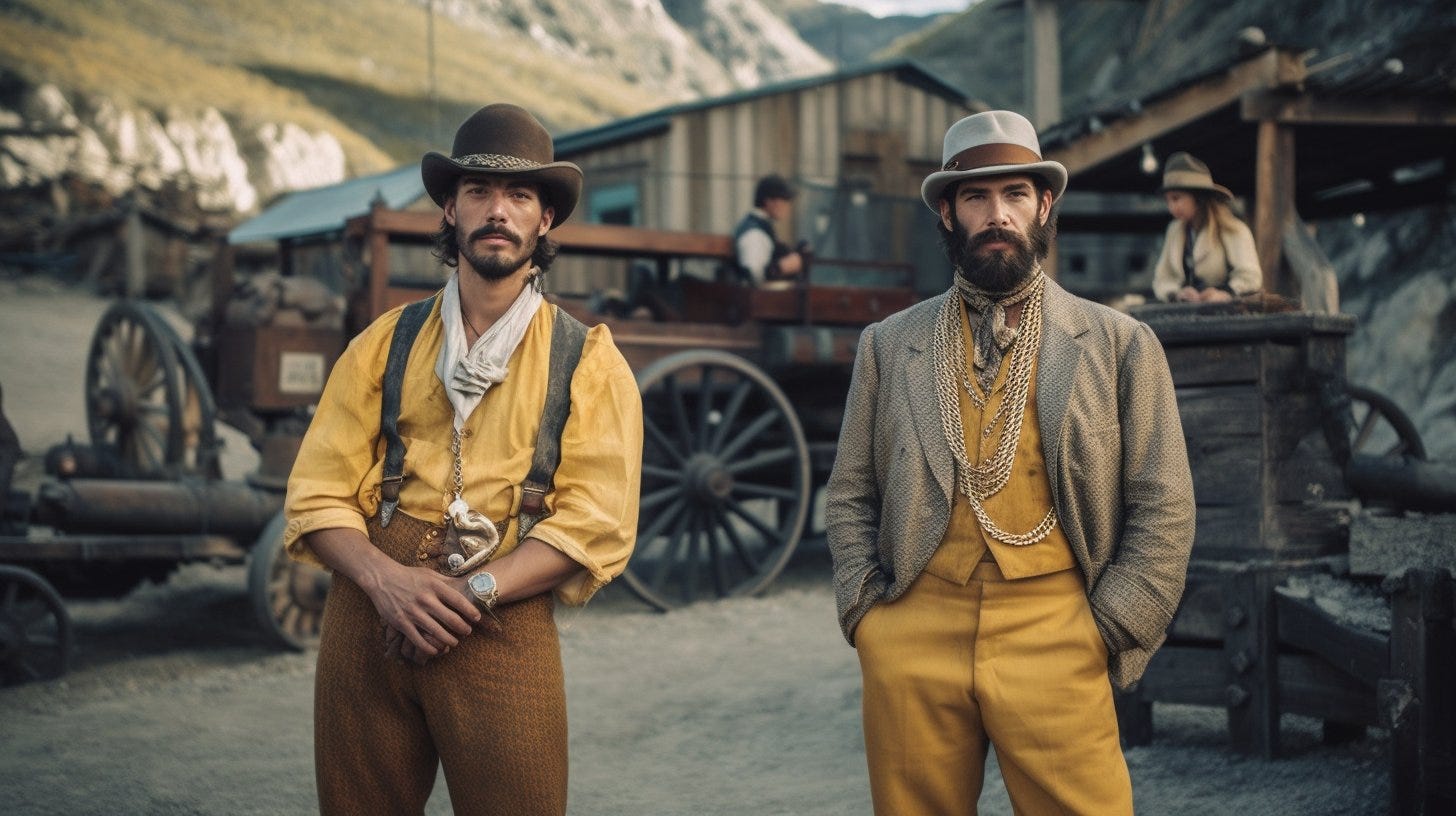
Just because something doesn’t work perfectly yet, does not mean that it will never work. And that’s the journey of an MVP, too.
What’s a good MVP (for your immediate purposes)?
It’s the most stripped-down version of your product. No bells or whistles. The most basic feature(s). It is the minimum possible thing that you can charge your clients or customers for.
It’s a digital product or service. This means that it is not, currently, a physical item that needs to be shipped.
You can offer it right away, with minimal preparation: This is something that you already know how to do or can make available.
It is self-evidently useful. It is simple for you to talk about, describe, and to sell.
Okay, so, those are the rules. But what is the product going to be?
It could be an ebook on writing the best AI prompt for Midjourney or Bing.
It could be a video course on the very same thing.
It could be a professional service, where you offer to create the perfect AI images on-demand.
Do you see what I mean? They’re not huge products, and the overhead is either very little, or free. The main goal, other than making money, is this:
Your audience now knows that you have something to sell.
This accomplishes two important things:
It’s not a big surprise when you come out with a product or service that is more expensive, and
You have something specific to talk about now.
and also:
You can improve on this thing by creating an ongoing dialogue between you and your clients. You can now iterate until the product is perfect.
What’s a skill that you have, right now?
How would you describe it to people?
Why would they want this thing?
Me? I’m still working on this. I’m not quite ready to share it yet … but you’ll be the first to know.
I’m hoping to get it out soon.
Here’s a short and sweet interview about AI prompts that I did with new AI artist, Helena Manzanita. Her beautiful and photographic film, fantasy, and fashion-inspired AI imagery introduced me to Midjourney Twitter. She got to over 1,000 Twitter followers in 2 months by just being friendly, talented, and active, so she’s definitely doing better than I am.
One thing that is particularly striking to me is that many of these participants are simply AI enthusiasts, not solopreneurs or side hustlers. It’s kind of refreshing because it reminds me of the earlier days of the Internet, when someone might create a blog entirely about, for instance, goths in hot weather.
What would you say were the three or four (or five) main components of a good prompt? (Setting, characters, lighting, camera, etc)
The most important thing is the character. In fact the character can often determine the setting automatically.
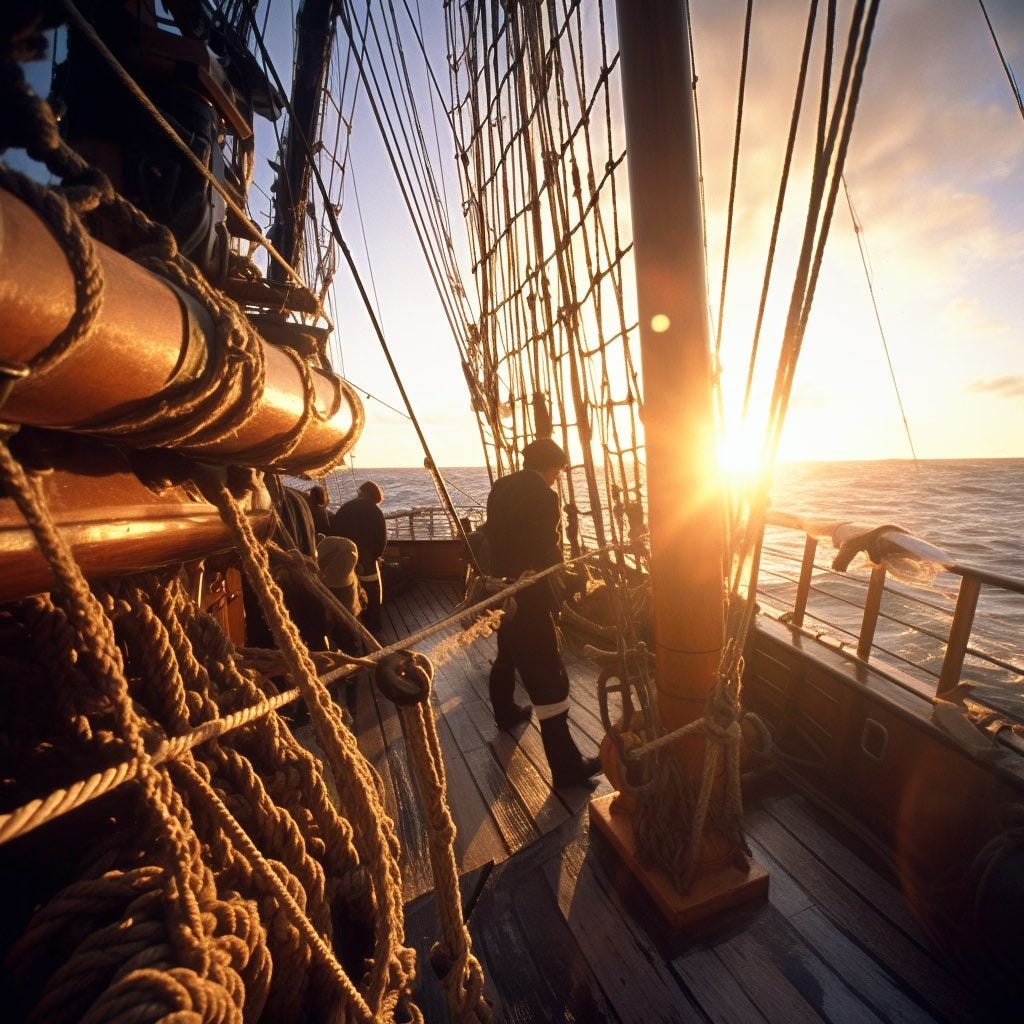
I'll typically begin with some brief parameters to specify what I want and then follow with a description, and actions. Word order determines strength. So for example, with two portraits:
Free spirited 35 year old twirling in the desert, wearing a long flowing dress blowing in the wind, hat on head
or
Pastor with pious expression in rural chapel
This one was simple and midjourney did the rest, but with the former I had to be that specific and if I changed the word order I got a different result.
The second is what type of photo. Try taking a prompt and change cinematic to street style to glamour photograph to editorial and it changes the style quite a bit. Know the types of photographs and what you're aiming for.
The third is lighting. Lighting and shadows are very important to me and help tell the story. It's also important to understand that lighting on midjourney may not work as it does in the real world.
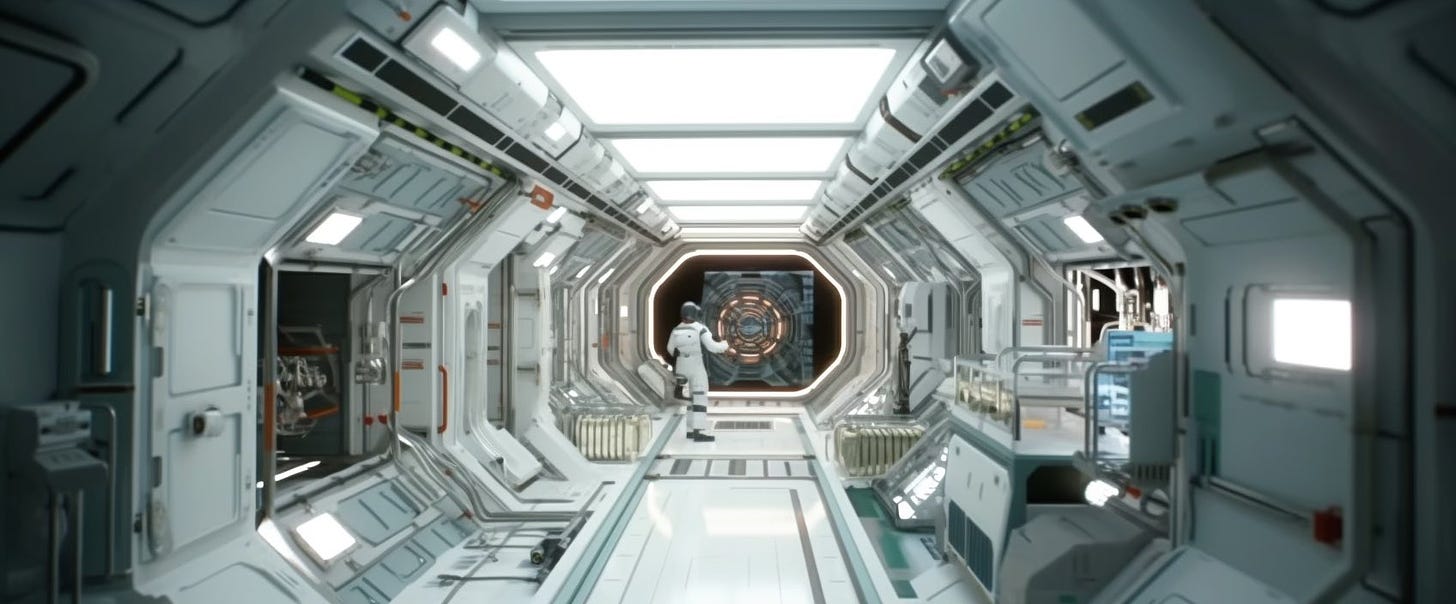
How many words is too many words? Or is the more the better?
How many words are enough? That's hard. Shorter is better than longer. A thesaurus is a prompter's best friend. That said, I'm surprised as I counted the words in my top images and I average 48 words (four included layering) per prompt. So I guess I tend to be longer than many.
Your work so far has been as close to photorealistic as possible (even the fantastical ones). Do you have photographic experience?
Not really. I took a non credit class at the community college in photography but never really pursued it. I did however, take art all through high school, and a couple sections of art history in undergrad.
Most photographic, detailed prompts now include specific camera models, equipment, lenses, and lighting conditions. How accurate would you say these “settings” are?
With [Midjourney] V5.1, I'm moving away from it as the AI does a lot for you. I do see film type playing an important role still. Lighting conditions are very important. In accuracy, it's hard to say.
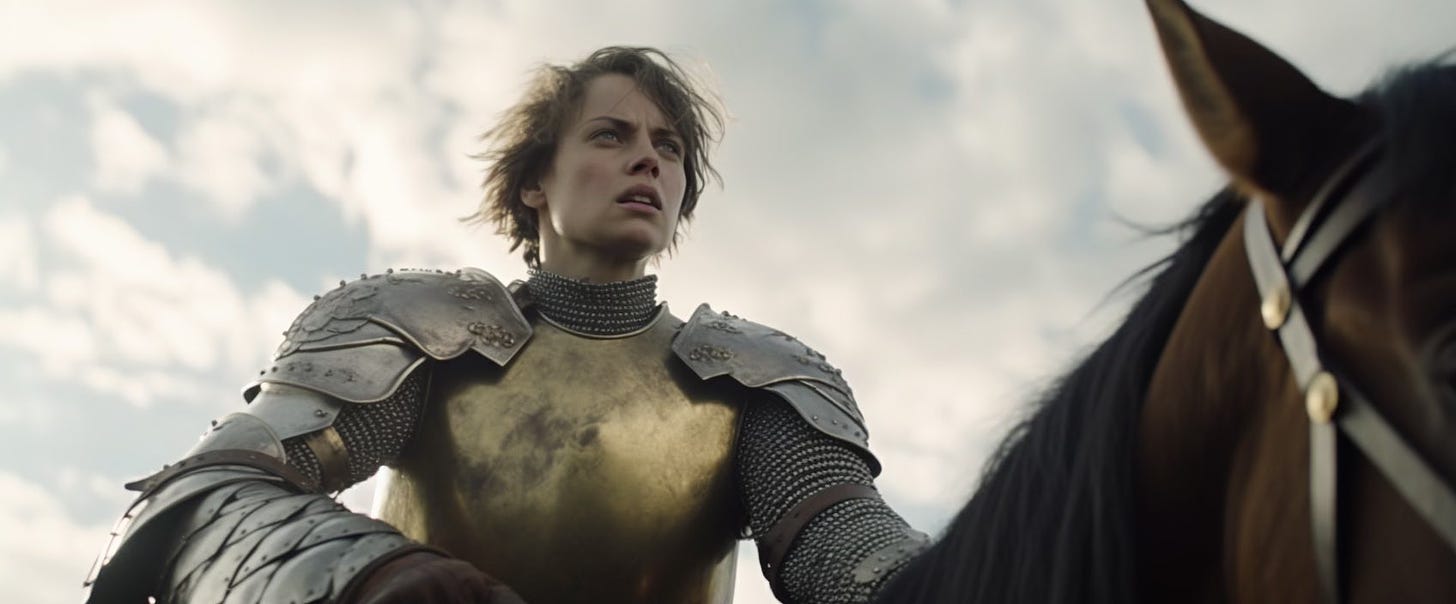
The example I often give is it's like speaking a second language. What we say in English rarely translates literally to other languages and vice versa. A simple example is in English we ask "What's your name?" but in many Latin languages, it's "How do you call yourself?" We would understand the meaning but it would not be 100% correct in that second language.
The key to AI text to image is not trying to recreate the imagery in "real world conditions" but to understand how the AI uses the words to create ,so you can make the image you want. And that takes a lot of practice and testing of terms.
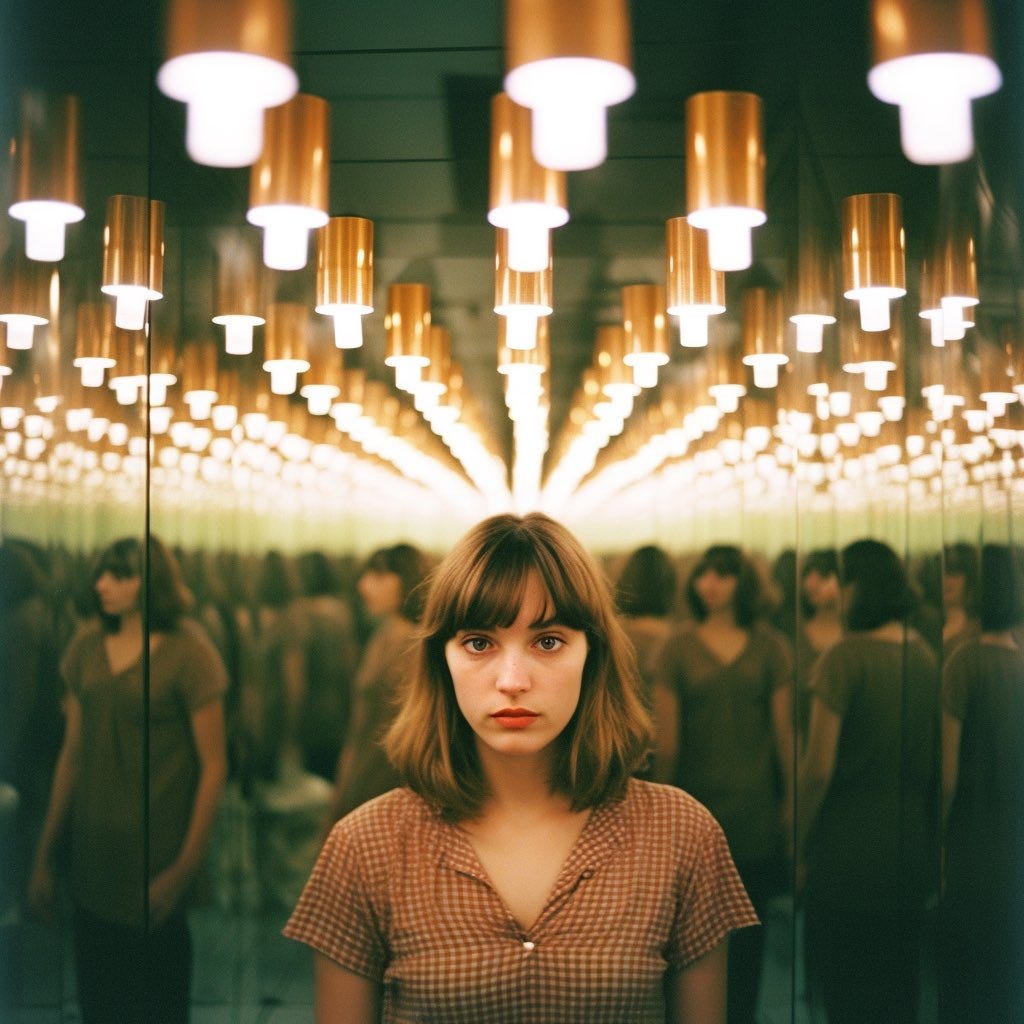
How long have you been playing with Midjourney/AI images?
12 weeks with midjourney, and about 16 weeks with AI art overall. I did have some prior experience with Photoshop.
Is this something you’d like to do full time?
Honestly, I don't think I would. I love my job now, and I love creating art, but I feel if I did art full time I'd grow to despise it. I've turned down a couple commission offers as it is. That said, if anyone wants to donate and not expect anything in return other than my continual feed, I won't say no, lol.
Give Helena Manzanita a follow here. See you next Friday!





